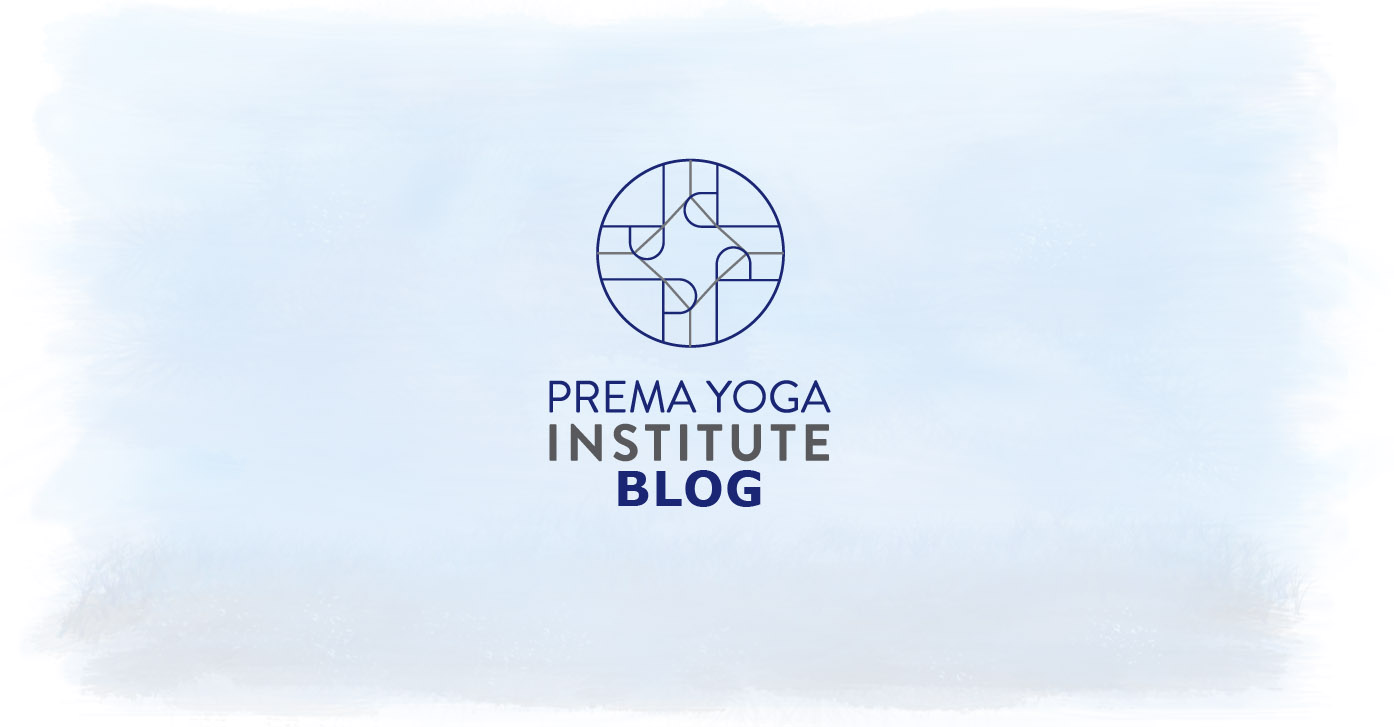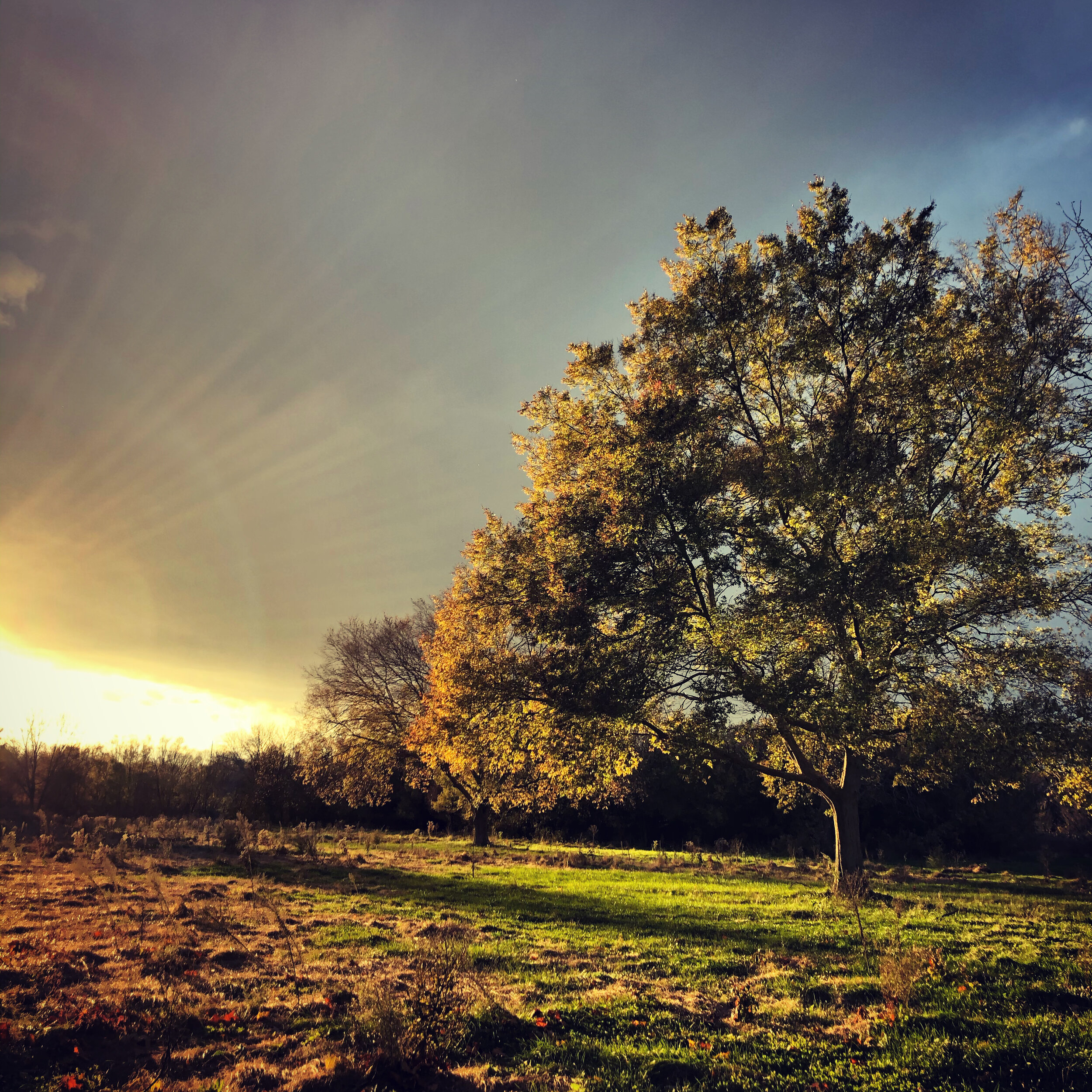
Building Precious Immunity
Hug a tree to build your Ojas, they said.
My teachers in ‘Ayurveda and Immunity’ at Prema Yoga Institute are sharing ways to retain and build your vigor and resiliency that is the root of our immunity.
Ojas is an Ayurvedic concept and refers to that shield that helps us ward off stress and sickness. When our Ojas is good we have a glowing complexion, a sense of well-being, the ability to endure, and a feeling of lightness in body and mind.
Hug a tree to build your Ojas, they said.
Tree, photo by A.MacMullan
My teachers in ‘Ayurveda and Immunity’ at Prema Yoga Institute are sharing ways to retain and build your vigor and resiliency that is the root of our immunity.
Ojas is an Ayurvedic concept and refers to that shield that helps us ward off stress and sickness. When our Ojas is good we have a glowing complexion, a sense of well-being, the ability to endure, and a feeling of lightness in body and mind.
A person with high Ojas
On the other hand, when we have low Ojas, we feel depleted. Signs of low Ojas include:
Dry skin
Cold hands and feet
Sensitivity to light and sound
Muscle or joint pain
Heaviness in body and mind
Drowsiness or fatigue
Tendency to get sick frequently
Lack of focus
Anxiety
Constant negative attitude
“We must guard our Ojas like a savings account,” Ayurvedic practitioner Julia Abramova says, taking care not to withdraw too much and potentially experience depletion and eventually disease.
So how to you build up your Ojas if it’s depleted?
Recipe by Julia Abramova, Jyoti Yoga and Healing
Strengthen your digestive fire (get on a good eating routine, don’t overeat, etc)
Eat Ojas-building foods that are sweet, heavy, smooth, cool, stable (avocados, bananas, soaked dates, soaked raisins, fresh figs, sweet potatoes, mung beans, ghee, milk, almonds)
Do restorative yoga
Rest! All healing begins in rest.
Practice Abhyanga or Self-massage with Oils
Practice Pratyahara - disconnect from sensory overload
Walk in the moonlight
Forest bathing
So here’s a suggestion: go stand in nature and put yourself on “receive” mode, taking in the soothing sounds, gentle air, and life force of the beings around you. Drink in the beauty that surrounds you. Build your Ojas!
Sunsets are a marvelous way to drink in Ojas
Resources:
Ayurveda and Immunity Course, Prema Yoga Institute
Julia Abramova, E-RYT500, Founder and Program Director of Jyoti Yoga & Healing, Ayurvedic Practitioner, Certified Yoga Therapist (C-IAYT)
——————————————————————————————————-
Ann Grace MacMullan is a yoga teacher and owner at Team Sun Wellness, a Philadelphia-based company whose mission is to help people of all walks of life take care of themselves through mindful movement and focused breathing. She is also a yoga therapy student at Prema Yoga Institute.
.
Bee Breath: Hum Your Way to Health
“Whether we like it or not, we are all either in a stage of prevention or in a stage of recovery from COVID-19.” These words get you thinking: am I doing everything I can to support my own health at this time?
During PYI’s latest Breath Coaching Course, an incredible faculty of doctors, nurses, psychologists, and yoga therapists gathered to teach a group of over fifty students a range of breathing tools to support prevention and recovery from COVID-19.
“Whether we like it or not, we are all either in a stage of prevention or in a stage of recovery from COVID-19.” These words get you thinking: am I doing everything I can to support my own health at this time?
During PYI’s latest Breath Coaching Course, an incredible faculty of doctors, nurses, psychologists, and yoga therapists gathered to teach a group of over fifty students a range of breathing tools to support prevention and recovery from COVID-19.
Among the many useful breath techniques covered, I was delighted to reacquaint myself with an old favorite, Bee Breath or Bhramari Pranayama. As someone who has experienced a severe anxiety disorder, sometimes “taking a deep breath” or focusing on the breath at all wasn’t helpful or even available. However, I had discovered that Bee Breath had the power to literally drown out that anxious mental loop, and its vibration could immediately ground me in my body. I would say that Bee Breath is not only a breathing practice, but also a form of meditation.
Bhramari is the Sanskrit word for “bee,” and this pranayama or breath exercise is so named for the humming sound produced - like the gentle low buzz or droning of a bee. Sounds relaxing, right? It is, and here’s some science to back that up: as we’re exhaling and creating the droning sound, we’re also lengthening our exhalations - which in turn activates the parasympathetic nervous system, the side in charge of resting, digesting, and healing.
I’d always known that Bee Breath had a calming effect. In fact, this technique along with others helped me recover from my anxiety disorder, remaining a part of my regular wellness maintenance routine. In PYI’s course, I discovered that one of my most loved breath exercises could also improve immunity - by releasing a beneficial gas called Nitric Oxide into the system (NO.) NO is a critical component in the eradication of viruses.
Here’s how it works: Nasal NO levels increase dramatically during humming compared with normal quiet nasal exhalation. This effect is likely due to increased contribution of NO from the paranasal sinuses. Humming causes the air to oscillate, which in turn seems to increase the exchange of air between the sinuses and the nasal cavity.
To receive the full anti-viral and anti-bacterial benefits of NO, we need to inhale through the nose after the humming is finished, to draw the NO back into the respiratory tract via the bronchial passageways. Nitric Oxide is a free, naturally produced, anti-viral, anti-bacterial gas and can be made available at any time!
How to Practice Bee's Breath:
Sit comfortably but upright, with a stable foundation to support you.
Rest one hand on the heart, another on the belly. If it’s comfortable you could close your eyes, or gaze softly downwards.
Gently close the lips, keeping the teeth slightly apart, and bring the tip of your tongue to the space behind the upper front teeth. (Try to keep the jaw relaxed throughout your practice.)
To begin, take a deep breath in through the nostrils.
As you slowly exhale with the mouth closed, make a steady, low-pitched ‘hmmm’ sound at the back of the throat—like the humming of a bee. Focus on making the sound soft, smooth, and steady. The positioning of the tongue allows the vibration to better resonate throughout the head.
When you inhale, be sure to breathe in through the nose, thus distributing the beneficial NO throughout the respiratory system.
Continue for as many repetitions as you like. After the final exhalation, allow your breath to return to normal and observe any changes that have occurred.
Maybe you can even feel the vibration continue throughout your head and body after you've stopped humming!
Bee Breath Potential Benefits
• Calms and quiets the mind
• Releases Nitric Oxide into the nasal passages, NO is naturally anti-viral and anti-microbial
• Improves immunity
• Increases lung capacity
• Initiates the “Rest, Digest, and Heal Response,” lowering heart rate, blood pressure, and calming nervous system
• May aid in loosening blockage from the sinuses
Bee Breath may also have a positive effect on tinnitus, bolster the health of the throat, and strengthen and improve the voice. Practicing for at least 5 minutes may help you achieve a more meditative state. Happy Humming!
Links:
• Effects of Bhramari Pranayama on health – A systematic review
• The Effect of Bhramari Pranayama (Bumblebee Breath) on Tinnitus
• Humming Greatly Increases Nasal Nitric Oxide
• Nitric oxide and redox mechanisms in the immune response
——————————————————————————————————-
Ann Grace MacMullan is a yoga teacher and owner at Team Sun Wellness, a Philadelphia-based company whose mission is to help people of all walks of life take care of themselves through mindful movement and focused breathing. She is also a yoga therapy student at Prema Yoga Institute.
.








